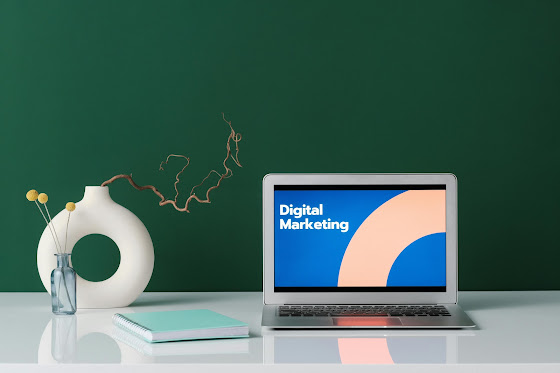Data-Driven Creativity: How Digital Creative Agencies Harness the Power of Analytics
In the ever-evolving digital landscape, creativity and analytics have converged to shape the success of digital campaigns. Digital creative agencies, once solely driven by artistic intuition, now embrace the power of data analytics to inform and enhance their creative processes. This marriage of creativity and data is transforming the way campaigns are conceptualized, executed, and measured, leading to more targeted, impactful, and successful outcomes.
The Evolution of Data-Driven Creativity
Digital creative agencies have undergone a significant transformation, transitioning from a reliance on subjective judgment to a more objective, data-driven approach. The evolution is not a departure from creativity but rather an evolution that empowers creatives with valuable insights derived from user behaviors, preferences, and market trends.
Understanding the Audience: The Starting Point
One of the key advantages of data-driven creativity is the ability to understand the audience at a granular level. Digital creative agencies leverage analytics tools to gather and analyze data on user demographics, behaviors, and interactions. This deep understanding allows creatives to tailor content that resonates with specific target audiences.
For example, if analytics reveal that a significant portion of a brand's audience engages with content on mobile devices, the creative team can prioritize mobile-friendly designs and formats, ensuring a seamless user experience.
Unveiling Trends and Patterns
Analytics provide a treasure trove of information about trends and patterns in user behavior. Digital creative agencies mine this data to identify what content performs well, when engagement is highest, and how users navigate through digital platforms.
By uncovering these insights, creatives can strategically time campaign launches, optimize content for peak engagement periods, and refine their approach based on what resonates most with the audience.
Personalization at Scale
Data-driven creativity enables personalization on a scale that was once unimaginable. Through analytics, digital creative agencies can create highly targeted and personalized content that speaks directly to individual preferences and behaviors. This level of personalization enhances user engagement and fosters a deeper connection between the audience and the brand.
Imagine a scenario where an e-commerce platform tailors product recommendations based on a user's past purchases, browsing history, and preferences. This not only improves the user experience but also increases the likelihood of conversion.
Iterative Improvement: A Continuous Cycle
Analytics empower digital creative agencies to adopt an iterative approach to creativity. Campaigns become living entities that evolve based on real-time data feedback. Creatives can monitor key performance indicators (KPIs) and adjust their strategies on the fly, ensuring that campaigns remain effective and aligned with overarching business goals.
This iterative process is a departure from traditional creative approaches, where campaigns were often static once launched. Now, digital creative agencies can adapt and refine campaigns in response to changing market dynamics, audience preferences, and campaign performance.
Case Study: Spotify's Personalized Playlists
A notable example of data-driven creativity is Spotify's personalized playlists. The streaming giant leverages user listening data to curate playlists tailored to individual music preferences. This not only enhances the user experience by delivering relevant content but also keeps users engaged and invested in the platform.
By analyzing user interactions, Spotify continually refines its algorithms, ensuring that recommendations are not only personalized but also align with evolving user tastes.
Overcoming Challenges in Data-Driven Creativity
While data-driven creativity offers immense benefits, it comes with its own set of challenges. Privacy concerns, data accuracy, and the need for skilled data interpreters are some hurdles digital creative agencies must navigate. However, by addressing these challenges head-on and establishing robust data governance practices, agencies can maximize the potential of data-driven creativity while maintaining ethical standards.
Conclusion: The Future of Data-Driven Creativity
The marriage of data and creativity has reshaped the landscape of digital marketing and advertising. Digital creative agencies that embrace analytics are better positioned to create impactful, relevant, and resonant content in a world where the digital experience is increasingly personalized and dynamic.
As technology continues to advance and data analytics tools become more sophisticated, the future holds even greater possibilities for data-driven creativity. The key lies in the ability of digital creative agencies to harness the power of analytics while upholding ethical standards, ensuring that data-driven creativity remains a force for positive and meaningful engagement in the digital realm.

Comments
Post a Comment